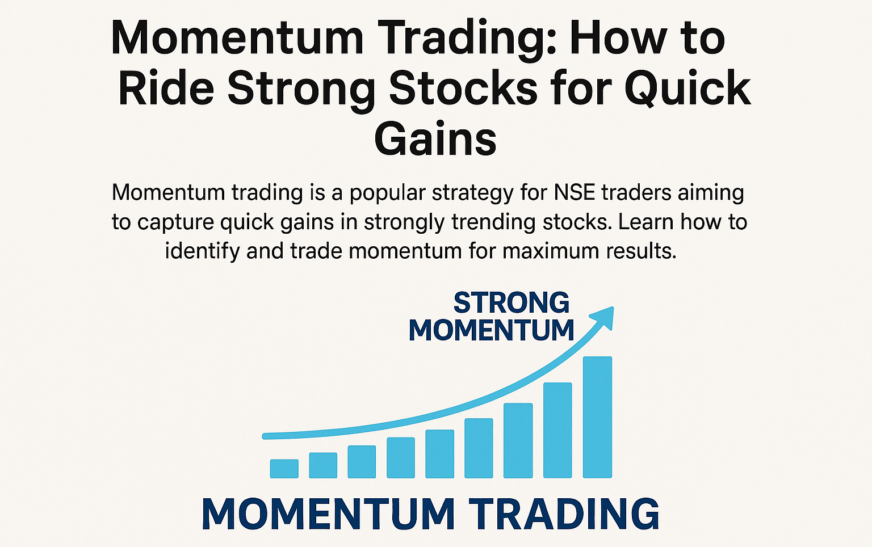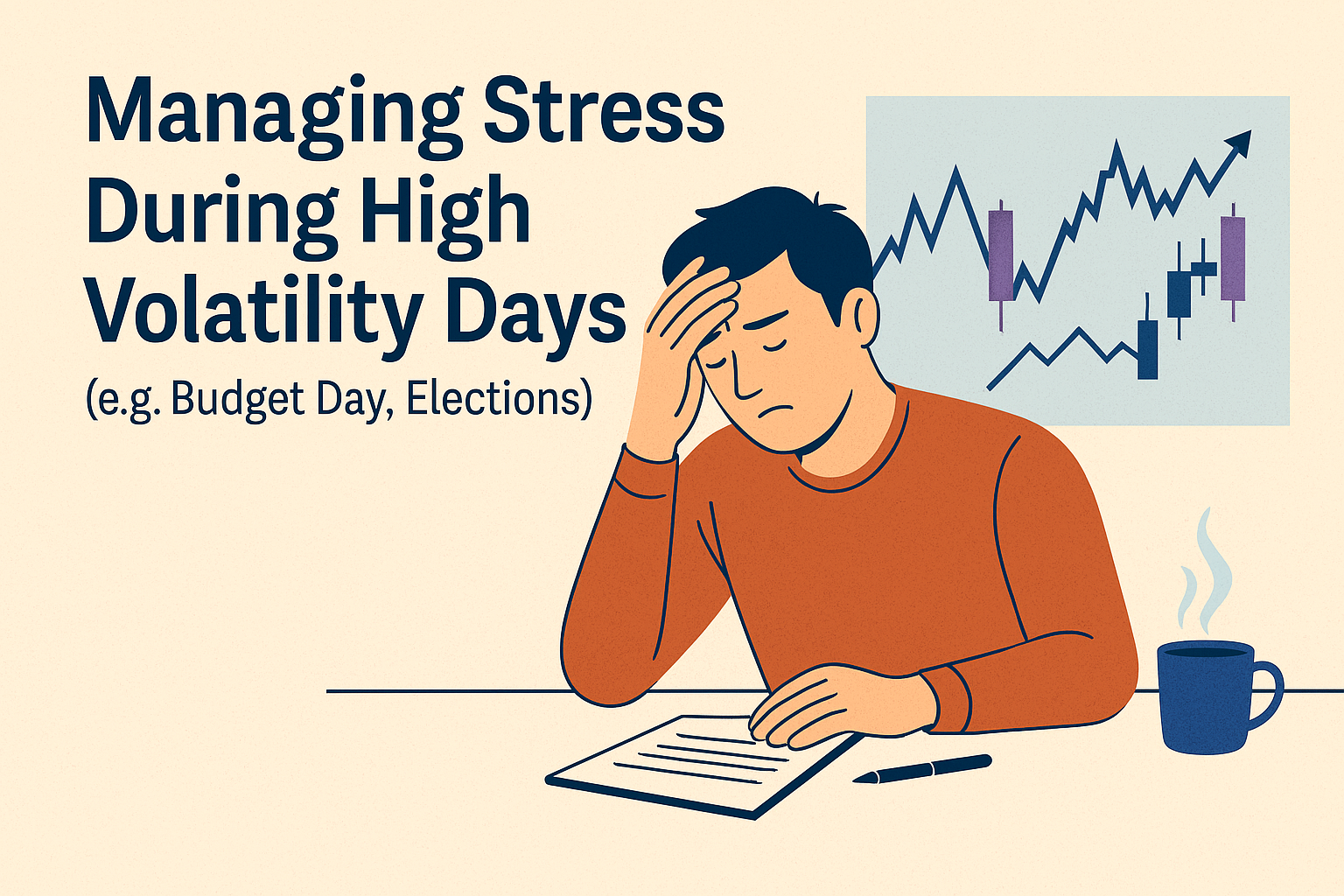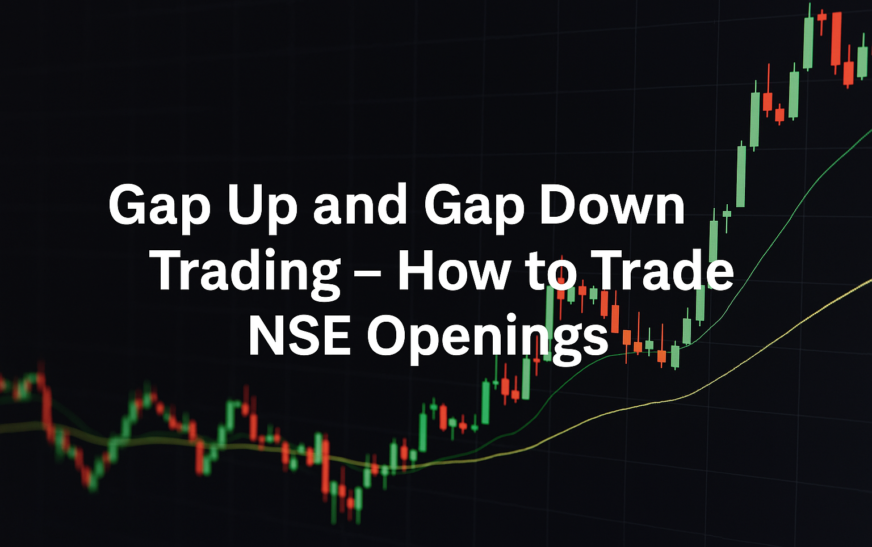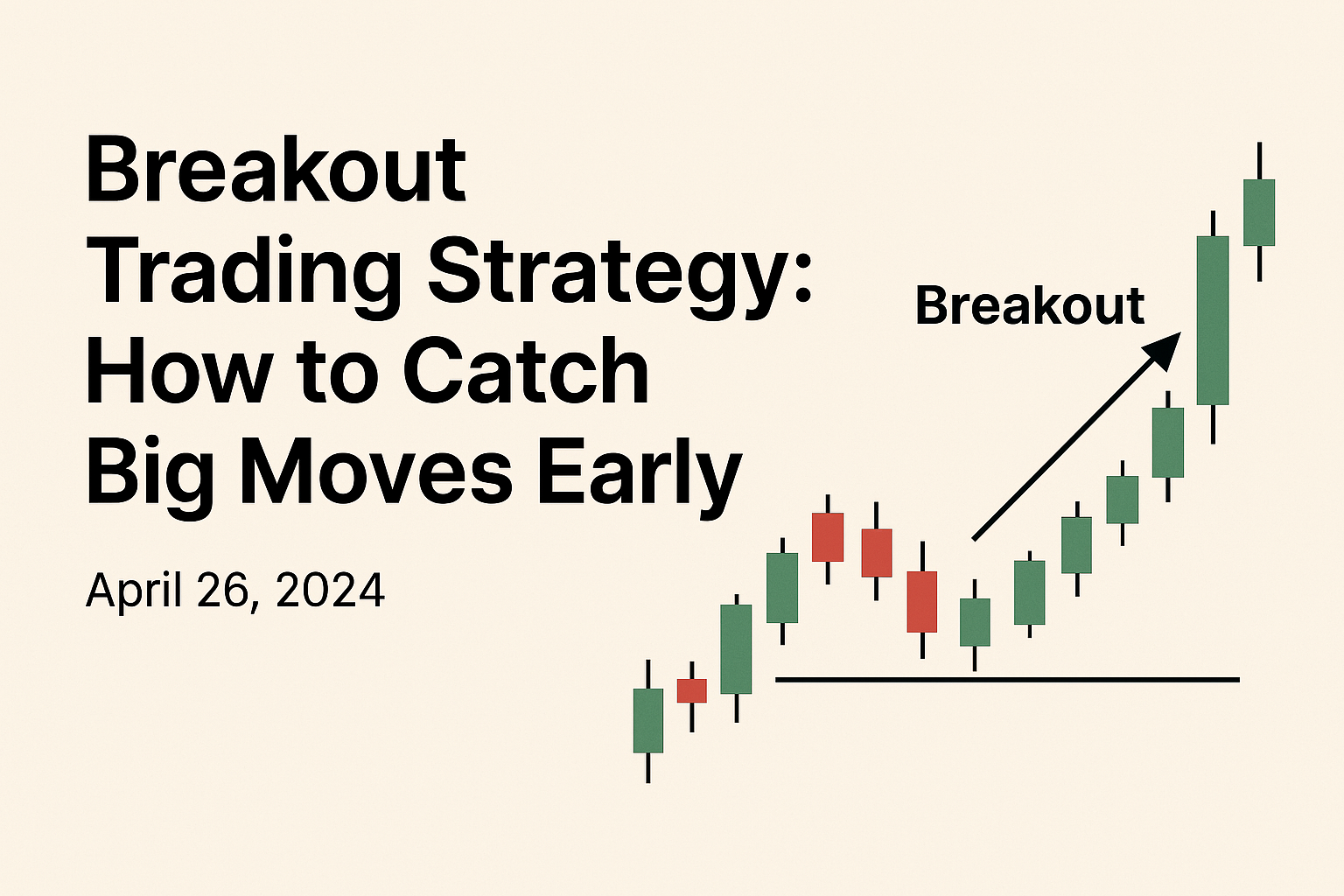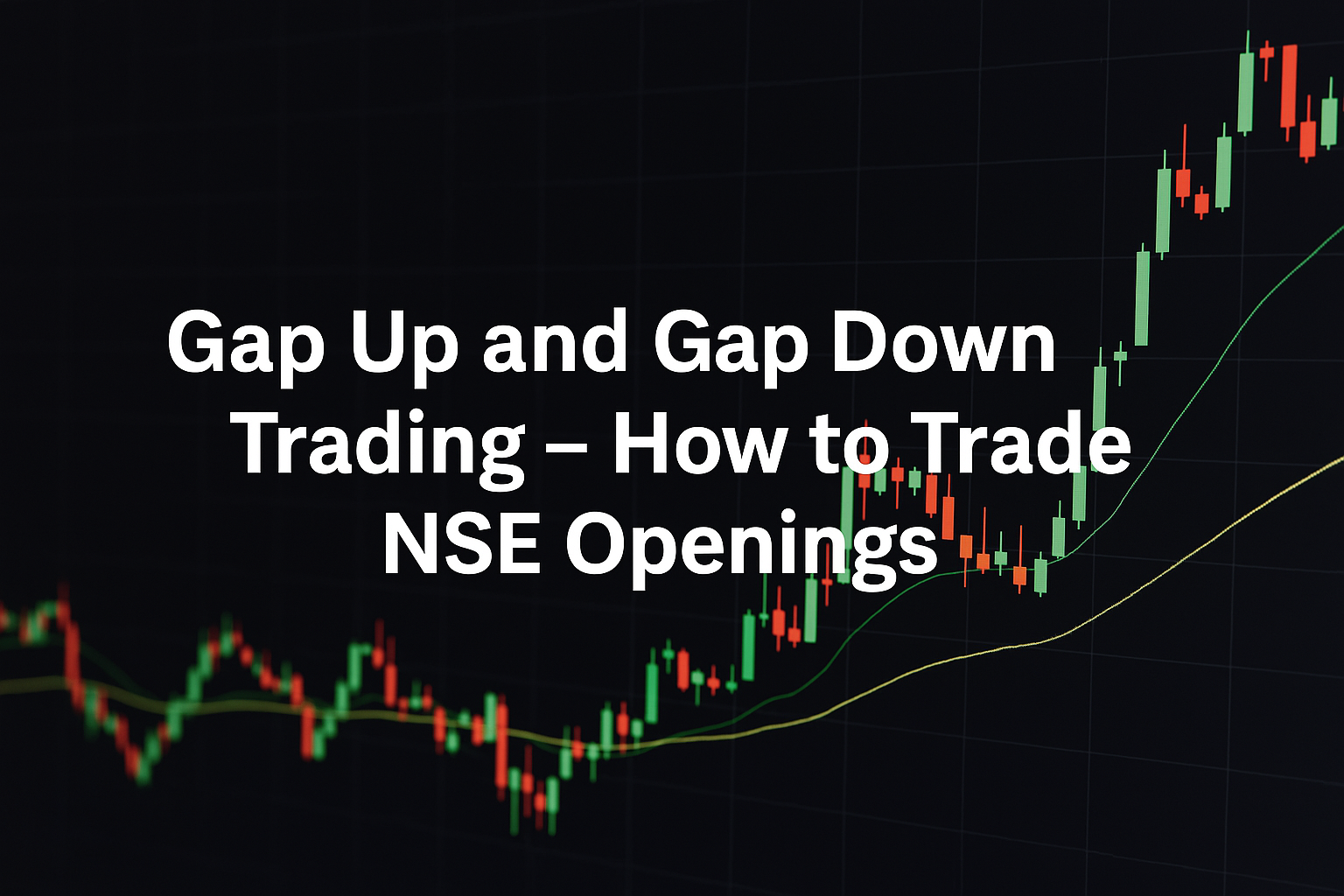Introduction
Momentum trading is all about finding and riding stocks that are already moving strongly in one direction. It’s a popular strategy among active traders looking for quick gains in short timeframes. If executed with discipline, momentum trading can deliver fast profits with minimal time in the market.
In this article, we’ll break down how Indian traders can use momentum strategies effectively—especially for NSE-listed stocks.
What Is Momentum Trading?
Momentum trading is the strategy of buying stocks that are rising fast or selling those falling fast, with the expectation that the trend will continue for a short while.
The basic idea: Strong stocks tend to get stronger—at least in the short term.
Key Features of Momentum Trading
- Short holding periods – Minutes to a few days
- Focus on price strength and volume
- Quick entries and exits
- Requires discipline and fast execution
What to Look for in a Momentum Stock
- Strong recent price movement (e.g., 3–10% in 1–3 days)
- Above-average volume – confirms real buying/selling interest
- Breaking out of key levels (support/resistance)
- Favorable market sentiment or sector strength
Example Setup: Momentum Trade in NSE Stock
- Stock: Tata Motors
- Trigger: Breakout above ₹830 with strong volume
- Entry: ₹835
- Stop-Loss: ₹820
- Target: ₹860+ (based on 1:2 risk-reward)
Best Timeframes to Use
| Style | Timeframe |
|---|---|
| Intraday | 5-min or 15-min |
| Swing (1–3 days) | 1-hour or Daily |
| Positional | Daily Chart |
Use lower timeframes for fast moves and higher timeframes for swing trading.
Technical Indicators to Spot Momentum
- RSI > 60 – confirms bullish momentum
- MACD crossover with histogram increasing
- Moving Averages – 9 EMA crossing above 21 EMA
- Volume Spike – price + volume = strong signal
Entry and Exit Tips
Entry:
- After a breakout with volume
- On pullback to a moving average or support
- After confirmation candle (bullish engulfing, hammer, etc.)
Exit:
- Target 1:2 risk-reward or next resistance
- Use trailing stop-loss as the price moves in your favor
- Exit if volume drops and price stalls
Risk Management for Momentum Traders
- Risk only 1%–2% of your capital per trade
- Avoid trading low-volume or illiquid stocks
- Don’t chase the move—wait for confirmation
- Keep a strict stop-loss and don’t widen it
Common Mistakes to Avoid
- Buying without confirmation
- Holding too long hoping for bigger moves
- Ignoring volume signals
- Trading in sideways or low-volatility markets
Conclusion
Momentum trading is fast-paced, exciting, and potentially rewarding—if you have a plan. By focusing on strong price action, confirmation indicators, and disciplined risk management, NSE traders can profit from short-term trends and avoid common traps. The key is to act quickly, manage risk tightly, and ride the wave while it lasts.

